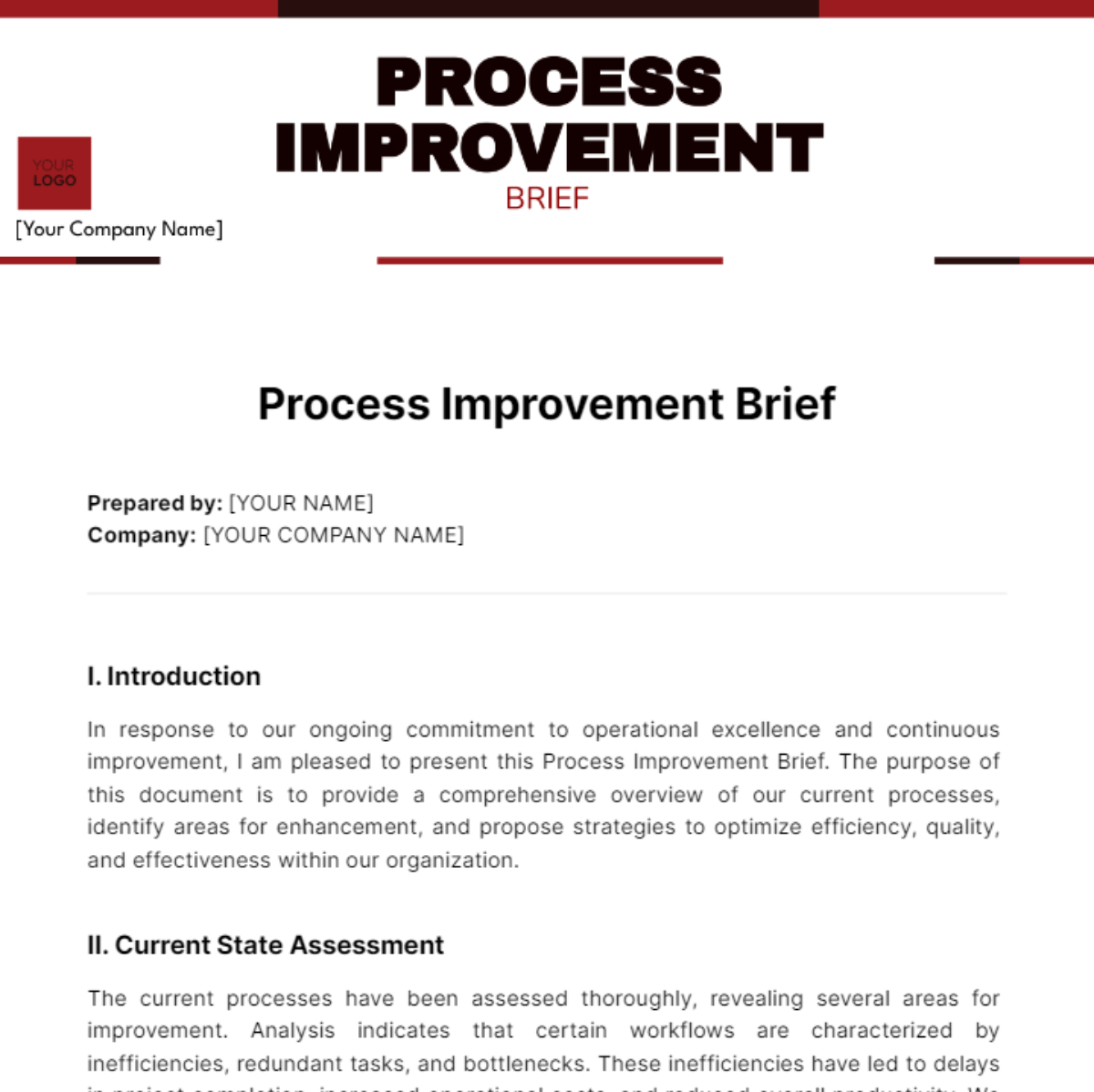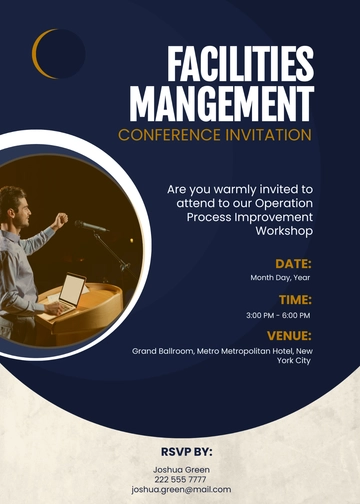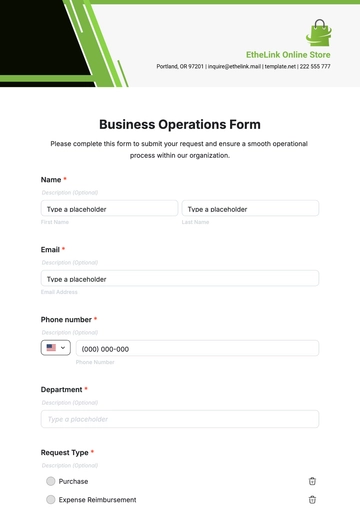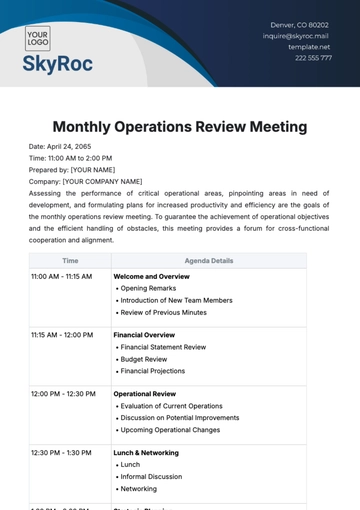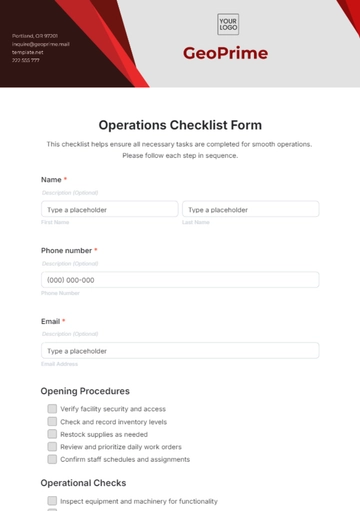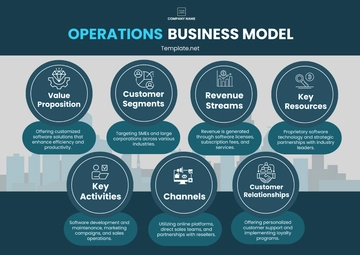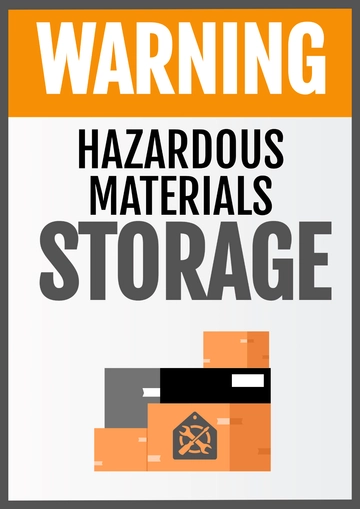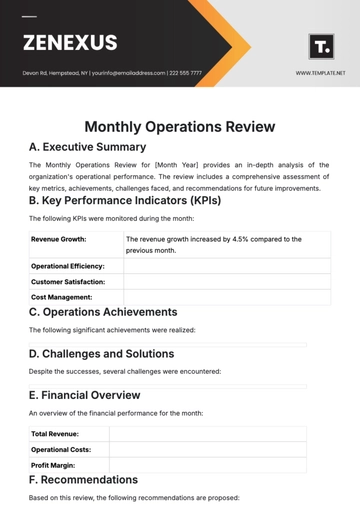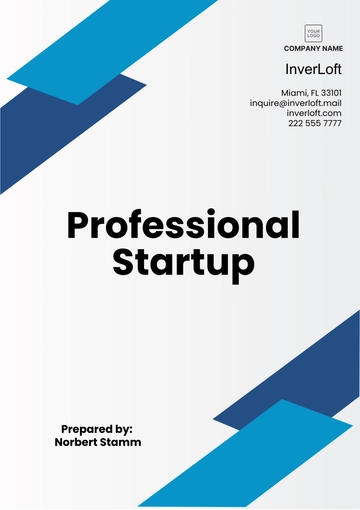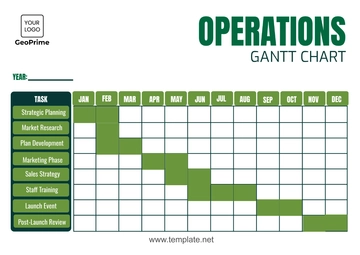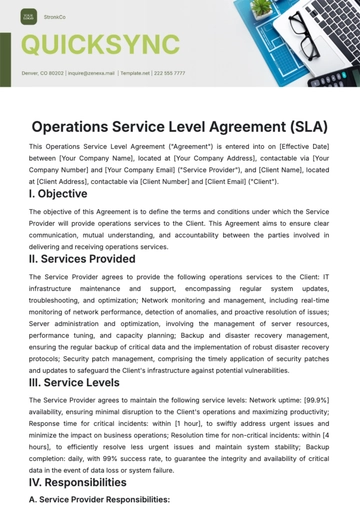Process Improvement Brief
Prepared by: [YOUR NAME]
Company: [YOUR COMPANY NAME]
I. Introduction
In response to our ongoing commitment to operational excellence and continuous improvement, I am pleased to present this Process Improvement Brief. The purpose of this document is to provide a comprehensive overview of our current processes, identify areas for enhancement, and propose strategies to optimize efficiency, quality, and effectiveness within our organization.
II. Current State Assessment
The current processes have been assessed thoroughly, revealing several areas for improvement. Analysis indicates that certain workflows are characterized by inefficiencies, redundant tasks, and bottlenecks. These inefficiencies have led to delays in project completion, increased operational costs, and reduced overall productivity. We must address these shortcomings to maintain our competitive edge and meet the evolving needs of our stakeholders.
III. Objectives
Streamline workflows for efficiency and reduced cycle times.
Enhance quality control for consistently high output standards.
Optimize resource utilization for maximum productivity.
Improve operational effectiveness for enhanced customer satisfaction and business growth.
IV. Scope
Key Areas | Description |
|---|
Streamlining Communication Channels and Approval Processes
| Simplify communication channels and approval procedures to expedite decision-making. |
Implementing Automated Tools and Technologies
| Integrate automation to streamline repetitive tasks and enhance efficiency and accuracy. |
Enhancing Training Programs
| Develop comprehensive training modules to ensure staff proficiency and competency. |
Standardizing Procedures and Documentation
| Establish standardized operating procedures (SOPs) and improve documentation clarity. |
V. Proposed Changes
Centralized Project Management System: Automated Quality Assurance Checks: Standardized Operating Procedures (SOPs): Deployment of Additional Resources:
|
VI. Resources Required
The successful implementation of these changes will require the following resources:
Dedicated project management team to oversee the improvement initiative.
Investment in new technologies and software solutions.
Training and development resources to upskill staff members.
Ongoing support and commitment from all stakeholders involved.
VII. Risks and Mitigation Strategies
Potential risks associated with this improvement project include resistance to change, resource constraints, and technical challenges. To mitigate these risks, we will:
Provide comprehensive training and support to help employees adapt to new processes.
Conduct thorough testing and evaluation of new technologies before full implementation.
Establish clear communication channels to address any concerns or challenges as they arise.
VIII. Measurement and Evaluation
Reduction in cycle times.
Increase in productivity.
Improvement in quality metrics.
Cost savings are achieved through process optimization.
IX. Communication Plan
Regular communication will be essential throughout the improvement project. Updates will be provided through:
Weekly progress meetings with key stakeholders.
Email updates and newsletters to keep all staff informed of developments.
An open-door policy for employees to raise any concerns or suggestions.
Brief Templates @ Template.net
